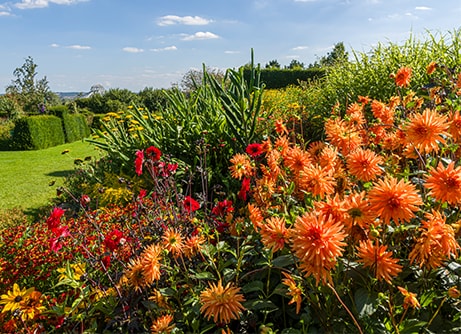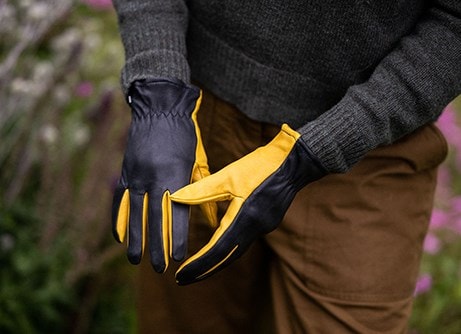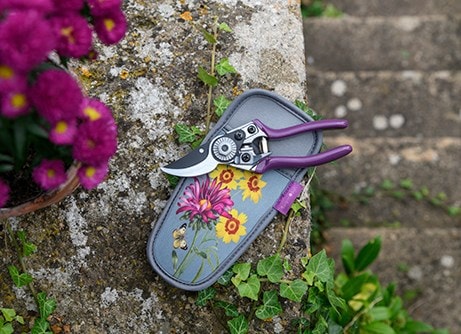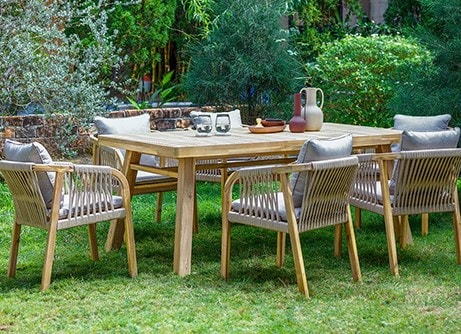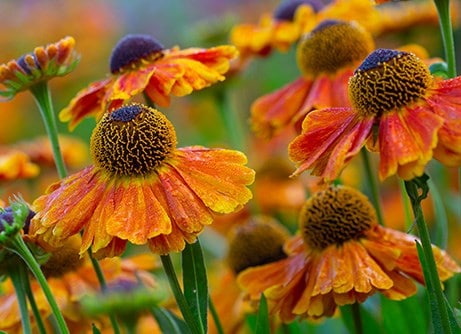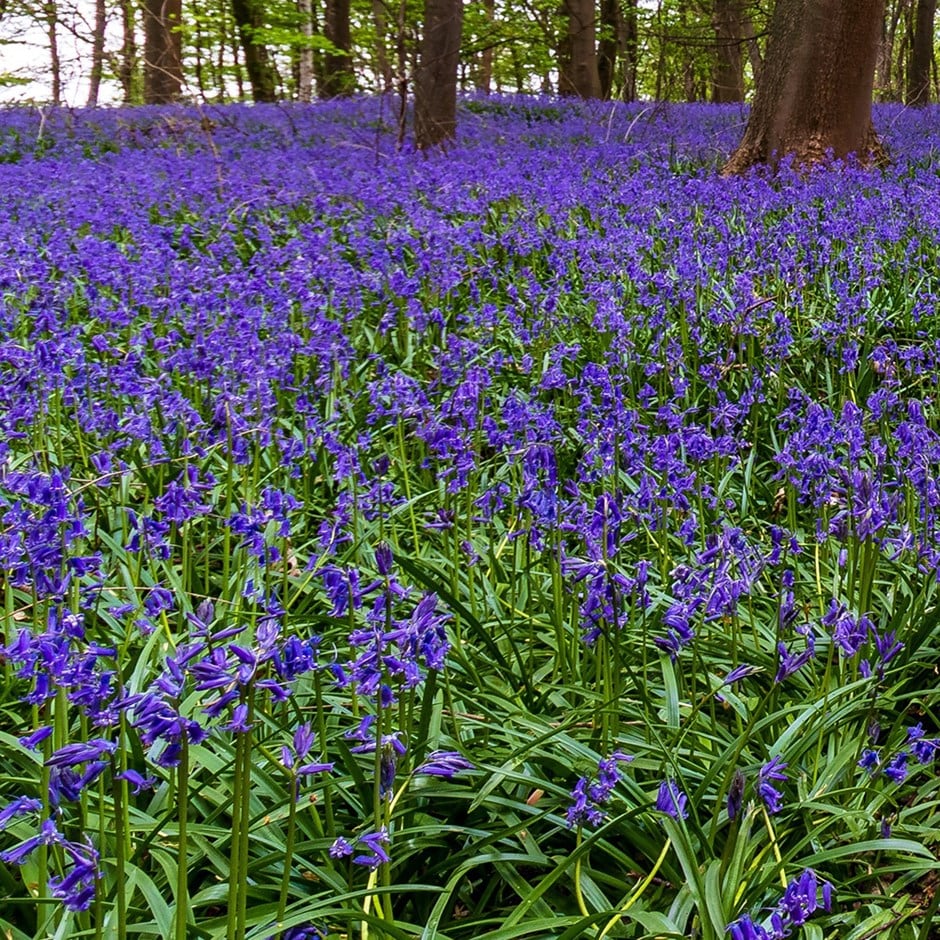
English bluebells are much loved for their stout spikes of bell-shaped, blue flowers in April and May.
They are perfect for naturalising in a partly shaded woodland garden or underneath the canopy of deciduous trees.
Hyacinthoides non-scripta quickly spread to form large clumps, so if you want to keep English bluebell numbers down in herbaceous or mixed borders, it's best to remove the faded flowerheads to prevent the plant from becoming invasive.
These are sold as bulbs from seed raised plants, which are grown in Norfolk from a licensed breeder.
They are perfect for naturalising in a partly shaded woodland garden or underneath the canopy of deciduous trees.
Hyacinthoides non-scripta quickly spread to form large clumps, so if you want to keep English bluebell numbers down in herbaceous or mixed borders, it's best to remove the faded flowerheads to prevent the plant from becoming invasive.
These are sold as bulbs from seed raised plants, which are grown in Norfolk from a licensed breeder.
How to care for Hyacinthoides non-scripta:
These hardy spring bulbs prefer partial shade and moisture-retentive, soil. When planting dormant bulbs in autumn, plant them in naturalistic drifts 10cm (4in) deep and apart in September and October.
For 'in the green' plants, maintain the same depth they were growing at previously, in ground prepared with plenty of organic matter such as bagged or home-made well rotted compost.
After flowering, allow the foliage to die back naturally, as this replenishes the bulb's energy for next year's display. Where bulbs are planted in grass do not cut the grass until after the leaves have died right back.
An annual feed with a good general-purpose fertiliser (like Vitax Q4) in autumn will help keep the bulbs growing vigorously.
For 'in the green' plants, maintain the same depth they were growing at previously, in ground prepared with plenty of organic matter such as bagged or home-made well rotted compost.
After flowering, allow the foliage to die back naturally, as this replenishes the bulb's energy for next year's display. Where bulbs are planted in grass do not cut the grass until after the leaves have died right back.
An annual feed with a good general-purpose fertiliser (like Vitax Q4) in autumn will help keep the bulbs growing vigorously.
Flowering period:
- Jan
- Feb
- Mar
- Apr
- May
- Jun
- Jul
- Aug
- Sep
- Oct
- Nov
- Dec
Eventual height:
0.4m
Eventual spread:
0.08m
Position:
Light shade
Rate of growth:
Fast-growing
Soil:
Moderately fertile, moist, well-drained soil
Hardiness:
Fully hardy
-
Humans/Pets: Harmful if eaten
Product options

100 × bulbs
£83.99
£0.84 each
Delivered during September

10 × bulbs
£12.49
£1.25 each
Delivered during September

20 + 10 FREE bulbs
£24.98
£0.83 each
Delivered during September

9cm pot | 3 per pot
£8.99
available to order from winter
Unavailable

15 + 10 FREE bare roots | in the green
£24.99
£1.00 each
available to order from winter
Unavailable
1
Delivery options (pick your preferred option at checkout)
Bulbs (only)£4.99
Goes well with
Bulb planting auger - long
From £7.99
View options
| large | £15.99 |
|
| medium | £11.99 |
|
| small | £7.99 |
|
| set of 3, save £6 | £29.97 |
|
View details
Bulb planting auger - short
From £6.99
View options
| medium | £11.99 |
|
|
| large | £14.99 |
|
|
| small | £6.99 |
|
|
| set of 3, save £5 | £28.97 |
|
View details
Hosta sieboldiana var. elegans
giant blue hosta
From £5.99
View options
| 1 × bare root plant | £5.99 |
|
| 3 × bare root plants | £15.00 |
|
| 2 litre pot | £13.29 |
|
| 3 × 2 litre pots | £34.99 |
|
| 9cm pot | £6.99 |
|
| 3 × 9cm pots | £16.09 |
|
View details

